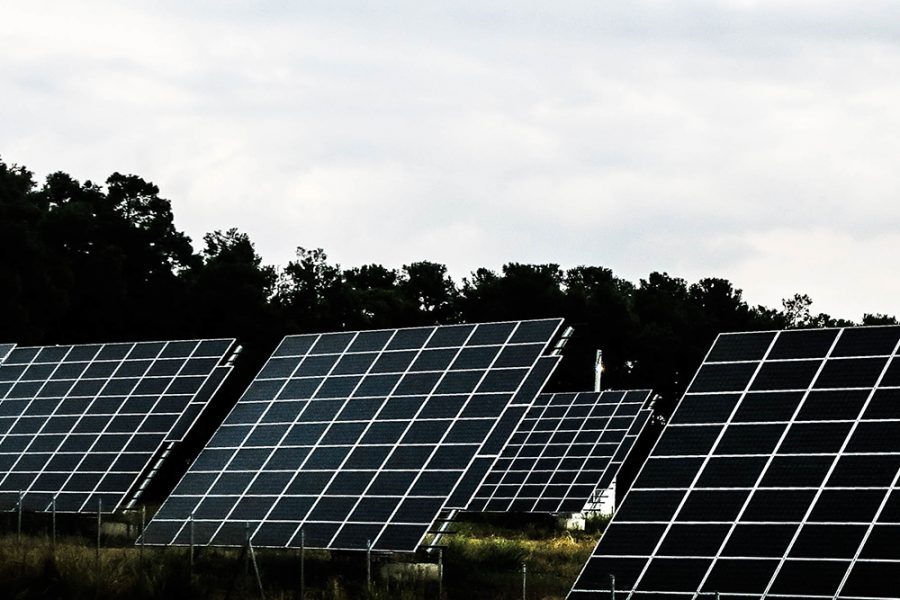Connecting wind and solar farms to the grid is going to require a massive construction binge. The California Independent System Operator isn’t saying how many miles of power line will have to be built, but reports the Sacramento Bee, “several agencies project the grid will need to roughly triple its transmission capacity by 2050.” If that’s the same as tripling the current length of transmission lines stretched across California (33,000 miles), then the state will need to build nearly an additional 100,000 miles of power lines.
As the popular saying goes, good luck with that.
The degree of difficulty of building anything in California is roughly that of trying to sandpaper the backside of a bobcat. The state is overflowing with NIMBYs and BANANAs, who have been emboldened by a weaponized Environmental Quality Act.
NIMBYs have already left their mark on the state’s transition to a fully renewables grid, blocking construction projects in Los Angeles and San Bernardino counties.
Kern County California Planning Director Lorelei Oviatt, who, according to RealClearInvestigations, “has turned her county into the top wind and solar producer in the state,” says “the easy land” for renewables use “is gone,” and that it’s a “fantasy” to believe that without changes the state can double its solar output to meet its target of 60 percent renewable energy by 2030.
“From New York to California, local opposition is thwarting wind and solar projects seen as essential to transitioning from fossil fuels. Many opponents support renewable energy in theory and express concern about climate change,” says veteran journalist Vince Bielski.
Bet the (wind and solar) farm they will do the same when the permitting process for new transmission lines begins.
In Maine, residents and energy companies “have been in a fierce stand-off over the construction of a 53-mile power line extension” for six years. One opponent explained that “Mainers” want to protect the state’s “environment and way of life.” Should that line be built, “there would be a dramatic impact to Maine’s natural resources, scenic character,” and an “economic impact to Maine’s four-season recreational tourism industry.”
The renewables crowd could point to Sunrise Powerlink – which “carves a twisting path,” says the Los Angeles Times, “through the deserts and mountains of Southern California … on its 117-mile path from the rural Imperial Valley to urban San Diego County” – to argue that despite intense opposition, new lines can be built.
We wouldn’t suggest using this exception as a rallying point, though. According to Jim Robb, president of the North American Electric Reliability Corporation, this country hasn’t “built a major transmission line” in “many years.” And it’s “not because there aren’t good projects identified,” or because investors are reluctant to fund construction.
“It is really because local siting boards don’t, and people don’t want them running through their backyard.”
“The opposition,” energy journalist Robert Bryce wrote in September in The Hill, to new power line construction “is real and widespread. … These rejections show that land-use conflicts are the binding constraint on the expansion of renewables in the United States.”
Expect the rejections to grow in California, ever reliant on hope and always inattentive to reality, as officials refuse to give their policies a second thought.
Kerry Jackson is a fellow with the Center for California Reform at the Pacific Research Institute.


